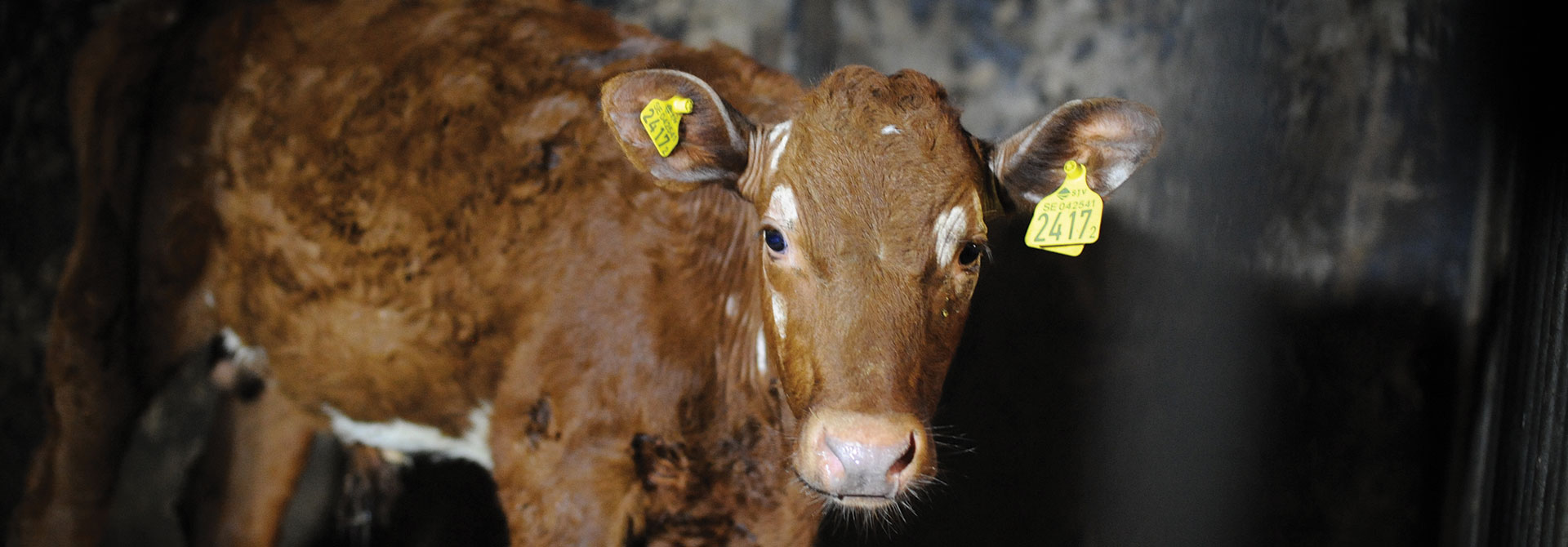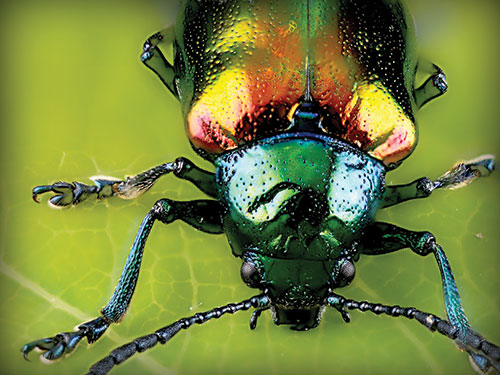Animals & Media Mission
We created these style guidelines for media practitioners in the professions of journalism, entertainment media, advertising, and public relations to offer concrete guidance for how to cover and represent nonhuman animals in a fair, honest, and respectful manner in accordance with professional ethical principles. Given the scope of industrialized animal oppression and environmental crisis globally, we believe fellow animals, as sentient living beings, warrant not only increased attention in media and popular culture, but coverage that encourages human society to transform our relationships with various animal species in ways that foster less domination and exploitation and more respect, care, and ecological responsibility. The lives and habitats of the world’s animals are largely dependent on the cultural values and worldviews promoted in the media, such as encouraging humans to identify as animals ourselves.
Learn more about our mission
Number of Animals Deaths Caused by Average American Eating Omnivorous Diet in Adulthood
Expert List
Journalists and documentarians, please use this expert list to identify credible sources for your stories. The following experts can speak intelligently on issues affecting nonhuman animals, taking the animals’ perspective into consideration.
Melanie Joy, PhD, EdM
Psychologist, Author, NGO President, Beyond Carnism
Chris Palmer
Distinguished Film Producer in Residence, School of Communication, American University; Founder AU Center for Environmental Filmmaking
Shelley M. Alexander, PhD
Professor, University of Calgary
See our full list of experts.
Animals & Media Statistics
-
Biodiversity
Homo sapiens share our planet with 2 million known species.
-
Undiscovered Biodiversity
Up to 80% of our planet’s species could be undiscovered by science. This means Earth’s species could number more than 10 million (Wilson).
-
Pre-Human Extinction
One to 10 species went extinct annually before humans for every million species.
-
Current Extinction
The current extinction rate is 1,000 times greater than pre-human levels. This Sixth Mass Extinction event is thought to be driven by human activity (Wilson).













